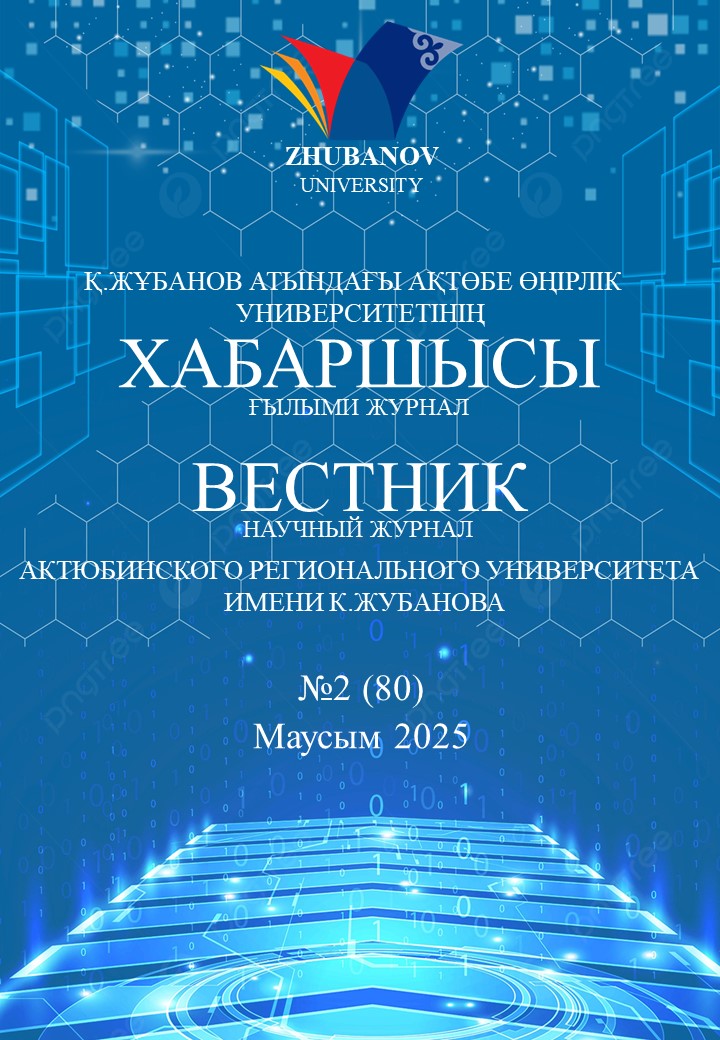This study addresses the selection and evaluation of demulsifiers used for the effective breakdown of oil-water emulsions during crude oil processing. Stable emulsions formed during oil production can cause pipeline blockages, equipment corrosion, and increased energy consumption. Chemical reagents—demulsifiers—that reduce interfacial tension and promote the separation of oil and water are widely used to resolve these issues. However, choosing an appropriate demulsifier depends on several factors, including the physicochemical properties of the oil and water, the type of emulsion, and technological parameters such as temperature and pH. The research involved a comparative analysis of both domestic and foreign demulsifiers (Emulsol K2, Catapin, BioDem-50, EC2116A, etc.). The article describes laboratory methods such as turbidimetry and interfacial tension measurement. Particular attention is paid to environmental safety, with a focus on the effectiveness of biodegradable demulsifiers. Given the tightening of environmental regulations, the use of eco-friendly and non-toxic demulsifiers is becoming increasingly important. The results indicate that an integrated approach tailored to specific field conditions is essential for selecting an effective demulsifier. This research aims to enhance the efficiency of oil preparation processes while ensuring their environmental sustainability.
ZHAMIDULLA A.M.
Master's student, K. Zhubanov Aktobe Regional University, Аktobe, Kazakhstan.
Е-mail: zhamidulla@mail.ru,
ORYNBASSAR R.O.
Candidate of chemical sciences, docent, K. Zhubanov Aktobe Regional University, Аktobe, Kazakhstan.
Е-mail: raihan_06_79@mail.ru, https://orcid.org/0000-0002-6198-3018
SULTAMURATOVA Z.B.
Candidate of chemical sciences, docent, K. Zhubanov Aktobe Regional University, Аktobe, Kazakhstan.
Е-mail: zadasb@mail.ru, https://orcid.org/0000-0003-3052-9338
- Pereira L. M. C., & Cunha M. E. (2020). Demulsification of crude oil emulsions: A review. Separation and Purification Technology, 233, 115982.
- Yang Y., Li Z., Li H., et al. (2019). Advances in demulsification techniques of petroleum emulsions: A review. Fuel, 242, 195–211.
- Luo D., Liu S., Zhang J., et al. (2021). Smart demulsifiers for crude oil emulsions: Design, performance, and mechanisms. Journal of Molecular Liquids, 328, 115419.
- Zhang H., et al. (2020). Environmentally friendly demulsifiers: Recent advances and future prospects. Journal of Cleaner Production, 275, 122916.
- Shilova N. A., & Baranov, V. P. (2021). Biorazlagaemye deemul'gatory na osnove PAV prirodnogo proiskhozhdeniya. Himicheskaya promyshlennost' segodnya, №5, s. 24–29.
- Altynov S. ZH., & Mukasheva A. B. (2022). Sovremennye metody razrusheniya vodoneftyanyh emul'sij na mestorozhdeniyah Kazahstana. Neftegazovoe delo Kazahstana, №2, s. 33–39.
- Nursultanov G. M., Abajyldanov K. N. Dobycha i pererabotka nefti i gaza. - Almaty, region, 2000.
- Shishmina L. V. Sbor i podgotovka produkcii neftyanyh i gazovyh skvazhin.Tomsk.: Izd. TPU, 2008


